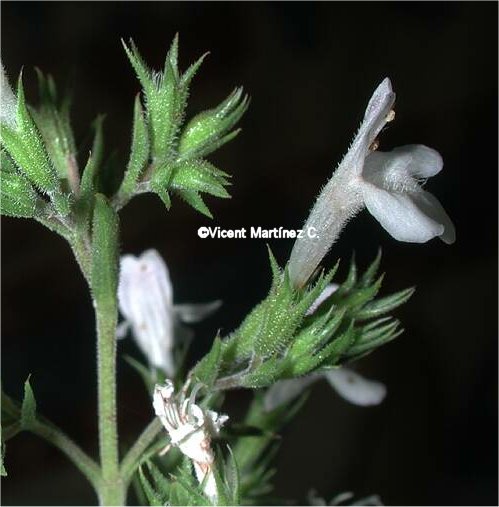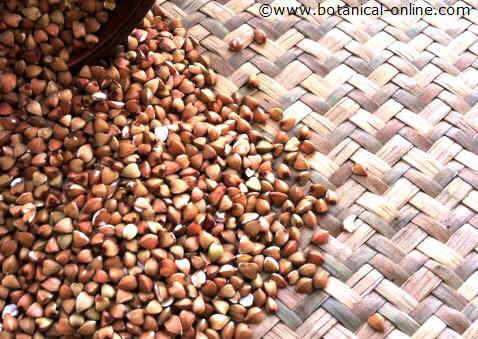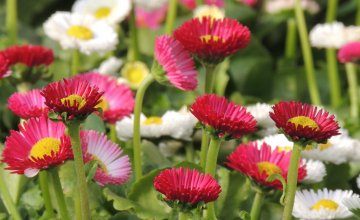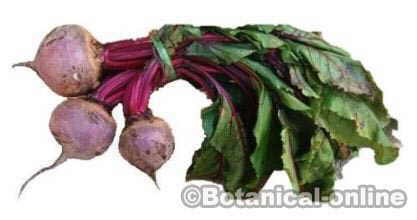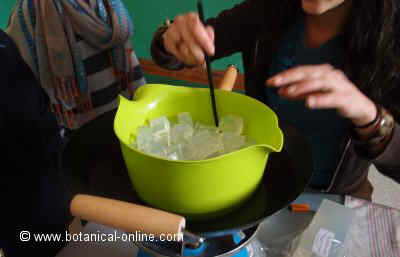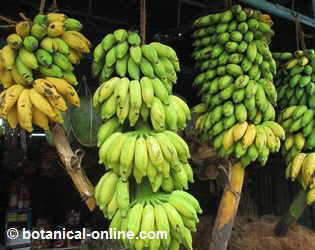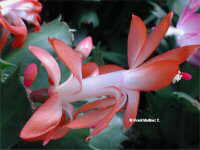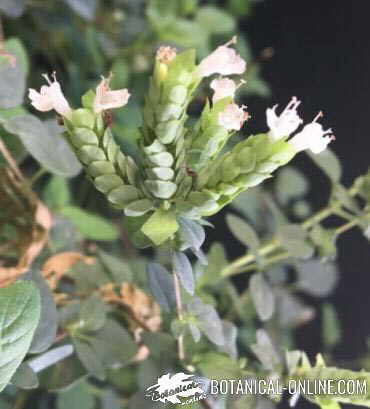Contents
- 1 Main diseases of strawberry cultivation
- 1.1 Botrytis bunch rot (Botrytis cinerea)
- 1.2 Strawberry mildew (Sphaerotheca macularis)
- 1.3 Zonal spots (Gnomonia fructicola = Zythia fragariae)
- 1.4 Virus diseases of plants
- 1.5 Strawberry crop pests
- 1.6 The main pests of strawberries are:
- 1.7 Strawberry root weevil (Otiorhynchus ovatus)
- 1.8 Red spider mites
- 1.9 Strawberry aphid (Chaetosiphon fragaellofii)
- 1.10 Cyclamen mites (Steneotarsonemus pallidus)
- 1.11 Other pests of strawberry plants:
- 1.12 Other diseases of strawberries are:
Main diseases of strawberry cultivation
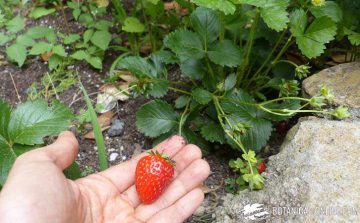
The main diseases that affect them when growing strawberries are:
Botrytis bunch rot (Botrytis cinerea)
It’s produced by the Botrytis cinerea fungus that grows mainly in humid conditions. It attacks many berries, including strawberries, raspberries or blueberries, vegetables such as tomatoes or onions, and many garden plants. It is characterized by the appearance of a gray layer or cobweb on the affected part.
It is a pest that spreads quickly when conditions are favorable (The presence of a layer of moisture on the plant and cool weather). The persistence of the mycelium in the form of a compact and hard layer on the fruits and the trunks allows the fungus to withstand unfavorable environmental conditions.
The main treatment is the elimination of the infected material in order to hinder its expansion and improve ventilation conditions to eliminate the moisture accumulated on the plants that facilitates the contagion and spread of the disease. To do this, the most widely spaced plants should be planted and proper pruning carried out to remove excess material and circulate air between the plants. This is particularly important when planted in greenhouses where there is less air circulation and there are very high humidity.
The application of suitable fungicides according to the conditions of the leaflet will protect healthy plants from infection.
Strawberry mildew (Sphaerotheca macularis)
This type of powdery mildew affects strawberries. It is characterized by the appearance of a grayish-white layer of spores on the underside of the leaves and by the fact that the leaves become wrinkled and red.
The solution is to spray the strawberries with sulfur or a fungicide such as Dinocap before the flowers emerge.
Zonal spots (Gnomonia fructicola = Zythia fragariae)
This fungal plant pathogen produces brown spots with yellow parts on the leaves and blackening of the leaf petioles. All this produces the fall of the leaves. To solve it, the affected leaves should be eliminated and burned and a systemic insecticide should be applied.
Virus diseases of plants
When spring arrives, or at the end of summer, numerous diseases caused by viruses can appear. Among the main symptoms we can observe, for example, the lack of growth of the plant or the fruits, yellow or reddish spots on the leaves, little growth of the leaves, the appearance of wrinkles on the leaves, etc. The solution will consist of eliminating the infected material, even the entire plantation when the infection is considerable.
To prevent the appearance of viruses it is important to buy guaranteed virus-free copies. It is determining to plant strawberries away from walls, fences or hedges that may be contaminated by aphids. Aphids are the main insects that transmit this disease.
New strawberries cannot be planted in soils where contaminated plants have previously existed, except when the soil is renewed to a depth of 30 cm.
Strawberry crop pests
The main pests of strawberries are:
The main pests of strawberries are:
- Strawberry root weevil (Otiorhynchus ovatus) It is a blackish-brown beetle whose larvae feed on the roots of strawberries. This may result in plant death.
- Red Spiders: Insects of the genus Tetranychus. Among them the most important is the Strawberry Spider Mite (Tetranychus turkestani). Another important species is Tetranychus urticae. These insects suck the sap extracted from stems, weakening the plant. Is also manifested in the form of a web on the floor.
- Strawberry aphid (Chaetosiphon fragafolii) They weaken the plant by sucking the sap, which can transmit many diseases such as viruses.
- Strawberry mite (Steneotarsonemus pallidus) It produces yellowing of leaves and their subsequent fall. When they attack the fruits, they turn black and fall.
- Strawberry crown borer (Tyloderma fragariae)
- Wireworms
- Slugs
- Birds
Strawberry root weevil (Otiorhynchus ovatus)
It is a blackish brown beetle whose larvae feed on the roots of strawberries.
Red spider mites
Arachnids of the genus Tetranychus. Among them the most important is the Tetranychus turkestani or the strawberry spider mite. Another important species is Tetranychus urticae. These insects suck the stems and extract the sap from them, weakening the plant. It also manifests itself in the form of a cobweb on the plant.
Strawberry aphid (Chaetosiphon fragaellofii)
They weaken the plant by sucking the sap and transmit many diseases such as viral diseases.
Cyclamen mites (Steneotarsonemus pallidus)
They produce the yellowing of the leaves and their subsequent fall. When the fruits attack, they turn black and fall.
Other pests of strawberry plants:
- The strawberry crown borer (Tyloderma fragariae)
- Click beetle
- Slugs
- Birds
Other diseases of strawberries are:
- Calcium chlorosis: The excess of lime in the soil produces chlorosis that manifests itself in the form of yellow spots between the nerves. To solve it, make a soil amendment, adding acid humus to it (peat, pine bark, etc.).
- The center of the flowers turns black: The culprit is frost. To prevent the center of the flowers from being “burned” by the cold and causing them to fall, they should cover the plants with some material, such as paper, mesh, plastics, etc. when the forecasts indicate that it will be very cold.
- Deformed fruits: The low existence of pollinators, generally caused by bad weather, may be responsible for irregular fruiting.
- Eaten roots: In most cases this is due to the presence of Otiorhynchus spp a type of bettle almost 1.5 cm long whose larvae eat the roots. Adult specimens tend to nibble on the edge of the leaves, leaving very particular marks.
These insects, which are plump, usually develop in the heat, in mid-August. Among them we have, for example, the black vine weevil Otiorhynchus sulcatus, which also attacks other crops such as grapevines.
To eliminate them you can spray the soil to be flooded with water.
![]() More information on strawberries
More information on strawberries

